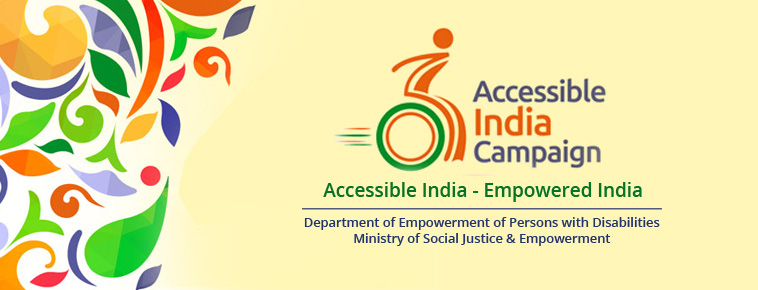Free Courses Sale ends Soon, Get It Now


Free Courses Sale ends Soon, Get It Now



Disclaimer: Copyright infringement not intended.
Context:
Disability:
Disability in India:
About Accessible India Campaign:
Aim and Objectives:
|
India’s Obligation India is a signatory to the UN Convention on the Rights of Persons with Disabilities (UNCRPD). Article 9 of UNCRPD casts an obligation on all the signatory governments to take appropriate measures to ensure to persons with disabilities access, on an equal basis with others, to the physical environment, to transportation, to information and communications, including information and communications technologies and systems, and to other facilities and services open or provided to the public, both in urban and in rural areas. |
Components of Accessible India Campaign:
Strategies followed under the scheme:
Mixed Performance:
Suggestions in general:
Final Thought:
https://epaper.thehindu.com/Home/ShareArticle?OrgId=GP49H5FSR.1&imageview=0
© 2024 iasgyan. All right reserved